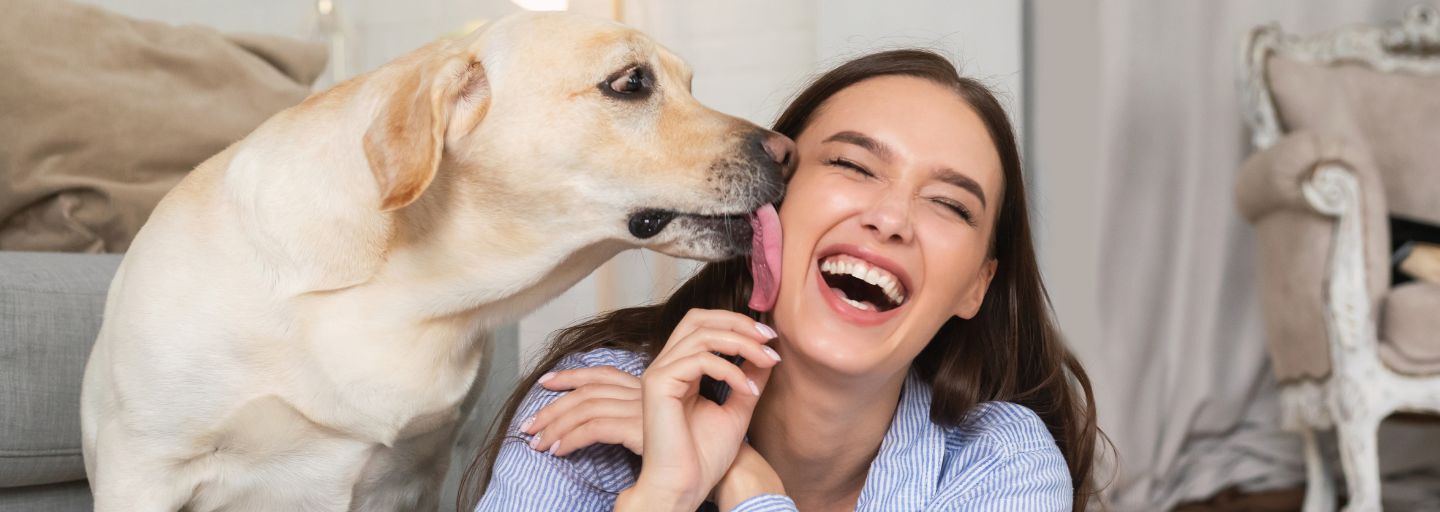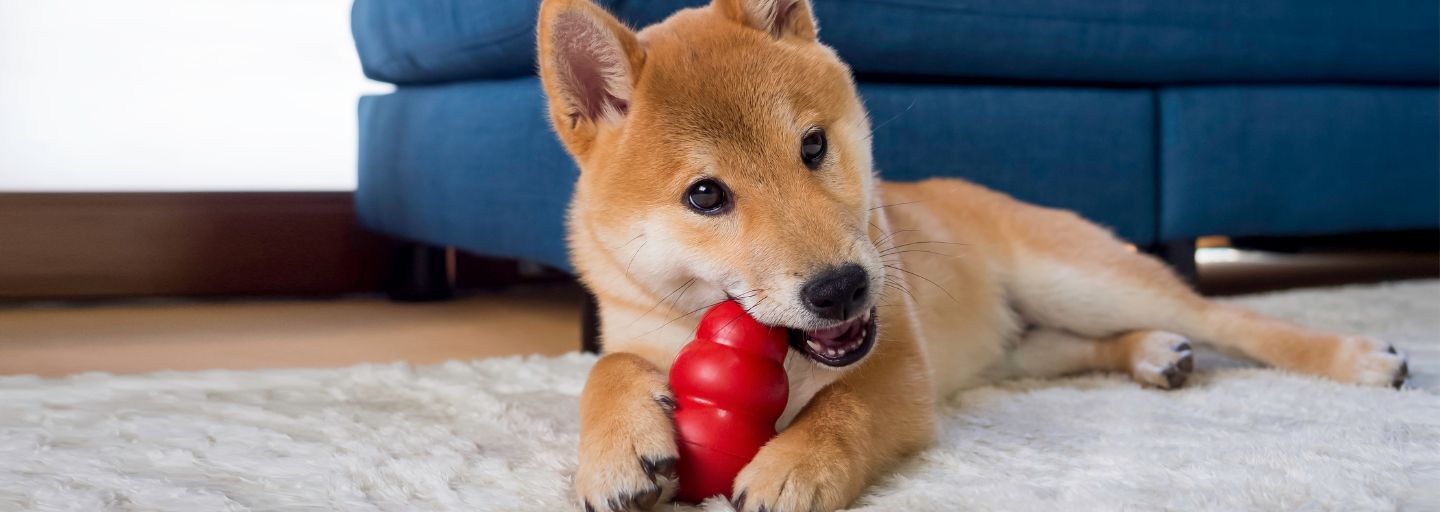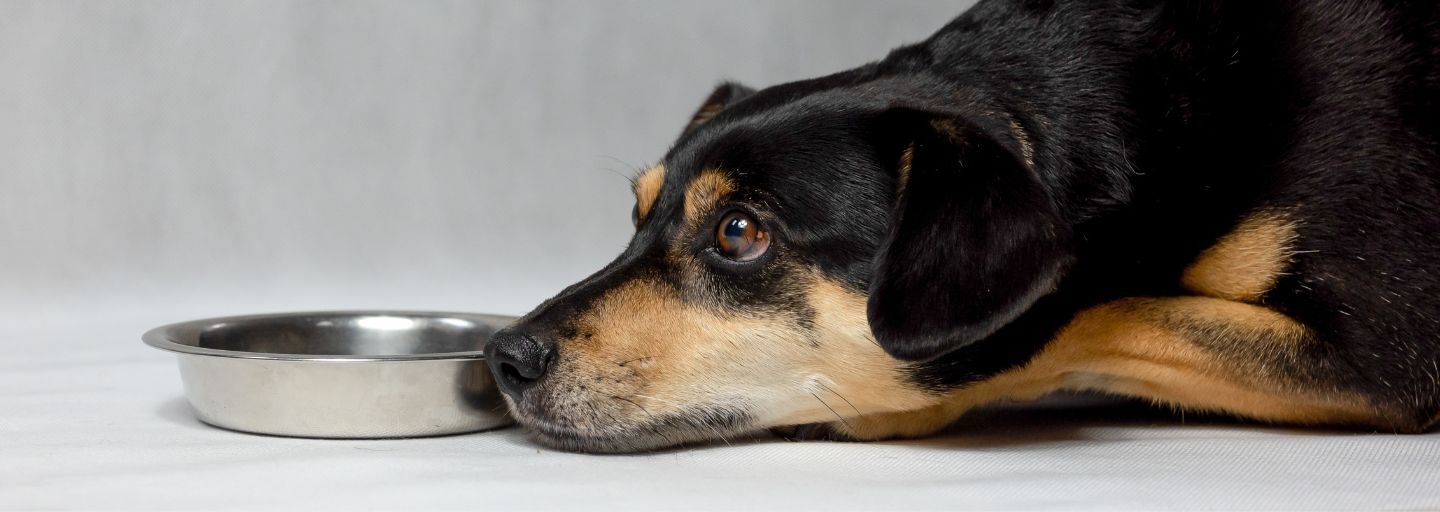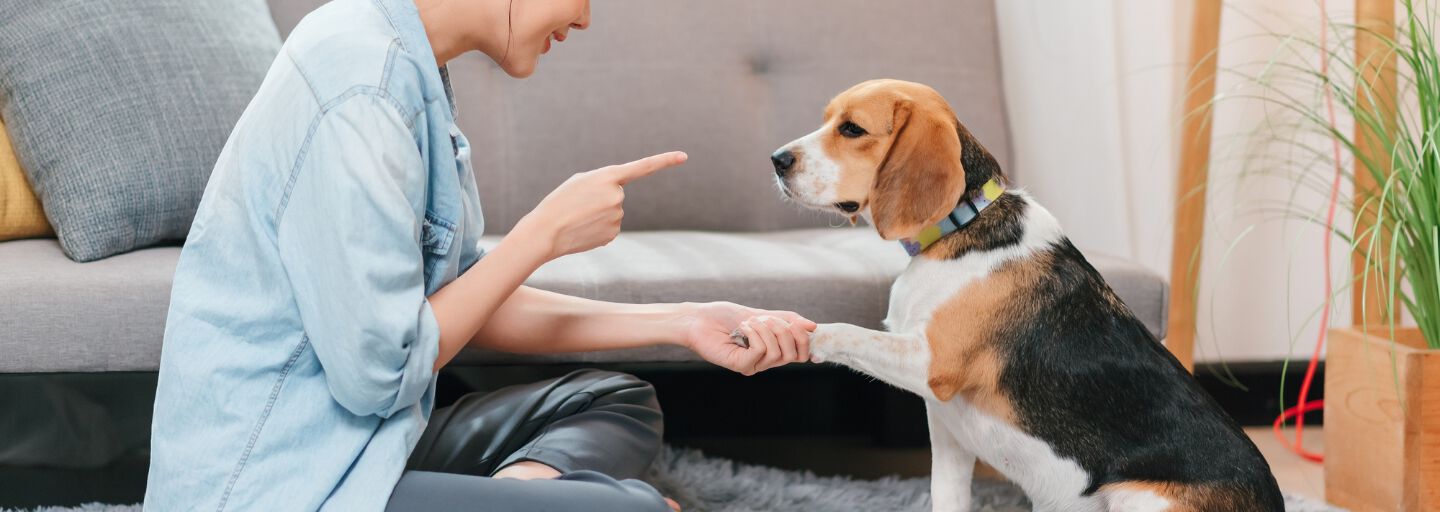If you've ever had a dog, you've likely experienced their affectionate and sometimes slobbery kisses. Dogs have a natural inclination to lick, and while it may seem like a simple behaviour, it serves various purposes.
Communication and Social Bonding
Licking is a form of communication for dogs. From the moment they are born, puppies are licked by their mother as a way to stimulate them and establish a bond. As they grow, dogs continue to use licking as a way to communicate with their human companions and other dogs. Licking can convey affection, submission, and a desire for attention or interaction.
Grooming and Cleaning
Dogs are naturally clean animals, and licking plays a vital role in their grooming routine. Licking helps them keep their fur clean by removing dirt, debris, and parasites. Additionally, dogs have sweat glands in their paws, and licking them helps regulate body temperature. It's their way of staying fresh and maintaining good hygiene.
Tasting and Exploring
Dogs have a highly developed sense of taste, and licking allows them to explore and gather information about their environment. They use their tongues to taste different objects, surfaces, and even the air. Licking can be a way for dogs to gather sensory information and satisfy their curiosity.
Showing Affection and Seeking Attention
Licking is often a sign of affection from dogs towards their owners or other animals. It's their way of showing love and forming a bond. Dogs may lick their owners' faces, hands, or even feet as a display of affection. Additionally, licking can be a way for dogs to seek attention or express their desire for interaction. It's their way of saying, "I love you" or "I want to be close to you."
Stress Relief and Soothing
Licking can be a self-soothing behaviour for dogs, especially in stressful situations. It releases endorphins, which can help them relax and alleviate anxiety. However, excessive licking, particularly of paws or other body parts, can be a sign of underlying issues such as allergies, skin irritation, or boredom. If you notice excessive licking, it's important to consult with a veterinarian to rule out any potential health concerns. They can help determine if the licking is due to a medical condition or if it's a behavioural issue that needs to be addressed.
When is licking a problem?
While licking is a natural behaviour for dogs, excessive or compulsive licking can become problematic. Here are a few tips to manage excessive licking:
- Provide Mental and Physical Stimulation: Ensure your dog receives enough mental and physical exercise to prevent boredom and anxiety, which can contribute to excessive licking. Engage in regular playtime, provide interactive toys, and consider obedience training or puzzle games to keep their minds stimulated.
- Address Underlying Health Issues: If your dog's licking becomes excessive or focused on specific body parts, it's crucial to consult with a veterinarian. They can help identify any underlying health issues such as allergies, skin infections, or pain that may be causing the behaviour.
- Redirect and Distract: When you notice your dog engaging in excessive licking, redirect their attention to a more appropriate behaviour. Offer them a chew toy, engage in interactive play, or provide a puzzle feeder to distract them from the licking behaviour. Positive reinforcement training can also be helpful in redirecting their focus and rewarding alternative behaviours.
Remember that licking is a perfectly natural behaviour and is a useful way for dogs to express themselves. Expecting your dog to stop licking you completely is similar to someone expecting you to never stroke your dog again – it’s never going to happen. However, not all dogs are the same and some may not lick often if at all. Now that you understand why your dog licks, embrace their slobbery kisses and enjoy the unique ways dogs express their love and communication through licking!







